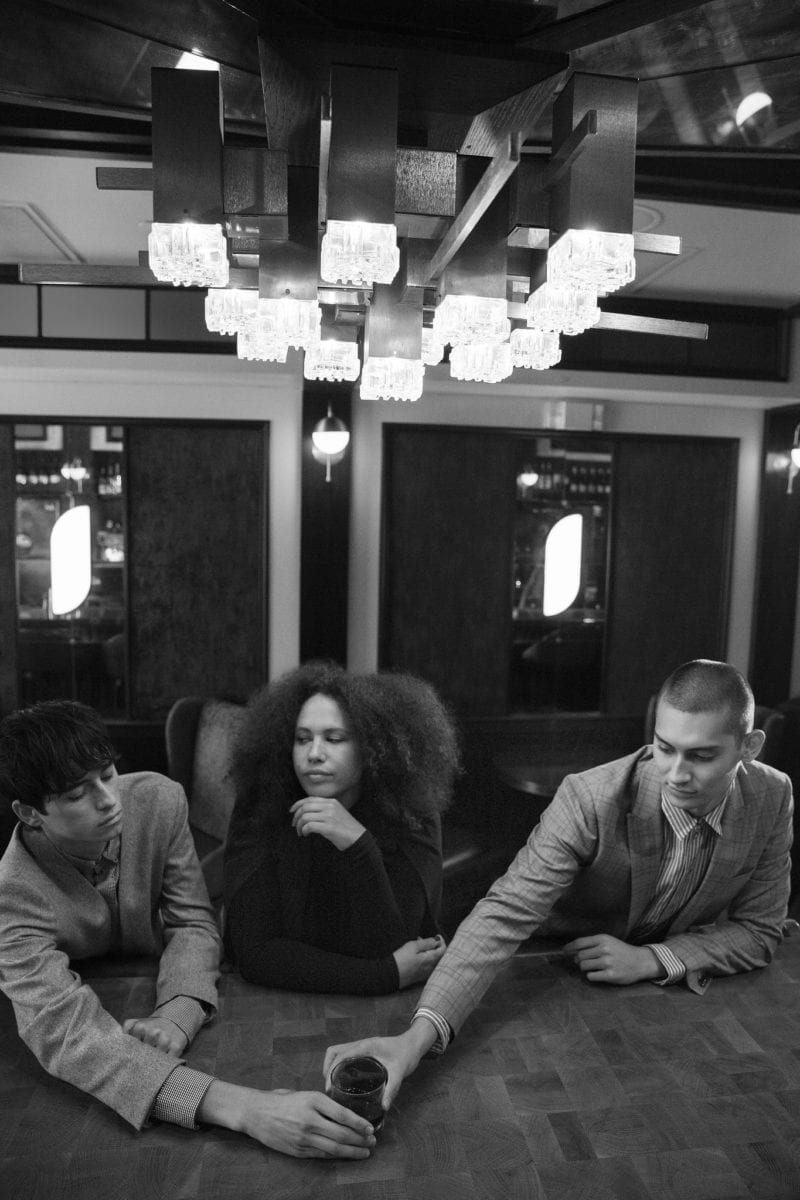Do you enjoy conflict? I tend to. Perhaps it is because I was raised in a family that considered family debate nights as family time or it may have been my years as a college debater. Either way, there is something within me that genuinely enjoys a good conflict. I enjoy the process of verbally sparring and reasoning over some sort of disagreement and then coming to some kind of mutually satisfying solution.
As a professor, one of the courses I teach is Conflict Resolution. Typically, when I ask how many of my students enjoy conflict, I will see three to four hands go up in a class of thirty. There are always faces staring back at me looking at me like I am crazy for even posing such a question. In addition to my experience in teaching conflict resolution, statistics also reveal that few people are prone to navigating conflict well, let alone enjoying it. In fact, most people run from conflict, rather than engaging it. I believe this is in large part due to not knowing how to handle conflict.
Conflict itself is not inherently good or bad, but how we handle conflict is. It is impossible to be alive and not have conflict. Conflict comes in varieties of form from those involving coworkers, work superiors, roommates, friends to family. It could be the person that cut you off on the road this morning or the barista who got your coffee order wrong. Every human relationship will inevitably involve some measure of conflict, thus making it necessary to develop the skills for conflict resolution.
Conflict itself is not inherently good or bad, but how we handle conflict is.
We all possess a particular conflict resolution style. These are the ways in which we tend to naturally handle conflict:
1. Forcers are people who assert their power or authority to satisfy their personal interests without regard for the needs or interests of others.
2. Accommodators neglect their own needs to satisfy the interests of others.
3. Avoiders pay no attention to the conflict and take no action to resolve it.
4. Compromisers are the type of people who identify a solution that is partially satisfactory to both parties, but not completely satisfactory either.
There are benefits and challenges to each style, but ultimately knowing what your style is, as well as the style of the other person(s) involved in the conflict, will assist you in resolving the conflict.
Conquering conflict begins with how we view it. Our perception of conflict will inevitably dictate our response. If we view it as something negative to be avoided, then we have set ourselves up to fail. If we can shift our mindset to viewing conflict as an opportunity for growth and motivation for change, then we can alter the entire nature and possible outcome of the conflict merely by changing how we view it.
Our perception of conflict will inevitably dictate our response.
I often view conflict as I view icebergs. I was born and raised in Alaska and icebergs were something I saw regularly. When I saw an iceberg, I knew that what is above the water, in plain sight, is just the exposed tip of the iceberg. Beneath the surface is what substantiates the mass of the iceberg.
In conflict, the issue we are discussing is typically just the tip of the iceberg. Beneath the surface is where the weight of the conflict rests. This can be unnerving because it isn’t visible. The majority of the conflict is typically weighted in the personality, emotion, expectation, self-perception, needs, wants and unresolved issues from the past that both parties may not even be aware of. As a result, what created the conflict is just the tip of the iceberg and there is much to be aware of beneath the surface.
I have found some guidelines helpful for addressing both the tip of the iceberg and what is beneath the surface:
1. Listen.
Human nature desires to immediately launch a personal defense. This helps no one.
2. Ask questions for clarification and reflect back what you hear being said.
Misunderstanding only increases conflict. Check in with the other party to make sure you are hearing them correctly.
3. Use “I feel” not “you did” language.
Rather than saying, “You made this decision without me,” try saying, “I feel devalued when my opinion doesn’t seem to be taken into consideration.” It changes the language from making an accusation to owning how you feel.
4. Practice the 24/7 rule.
This is my personal rule for any heated conflict. I give myself 24 hours to cool down before addressing it but always deal with it within 7 days.
5. Be sure to put conflict resolution into practice.
There is something to be learned from every conflict. Even when a seemingly unreasonable conflict is brought to my attention, I always remind myself to first look in the mirror, learn and grow from it.
Conflict is inevitable, and it is loveless to not have difficult conversations. When someone tells me they love the person too much to have the hard conversation, I always respond by saying you mean you love yourself too much. I take this stance because what I hear them saying is they value their personal measure of comfort more than having a difficult conversation.
In the end, how we navigate conflict places value on the other person. Whether we enjoy it or not, we place value on others, and the relationship we share with them, by hearing their concerns and addressing our own in a healthy productive way.
This post originally appeared on Propel Women.
How have you learned to deal with conflict? Is there someone you know who is particularly good at conflict resolution?
Image via Ali Mitton, Darling Issue No. 21











1 comment
Oh wow, thank you for this! I’m totally an avoider (I always run away from my problems and from confrontations…) and I definitely need to change the way I counter problems!
–
Charmaine Ng | Architecture & Lifestyle Blog
http://charmainenyw.com